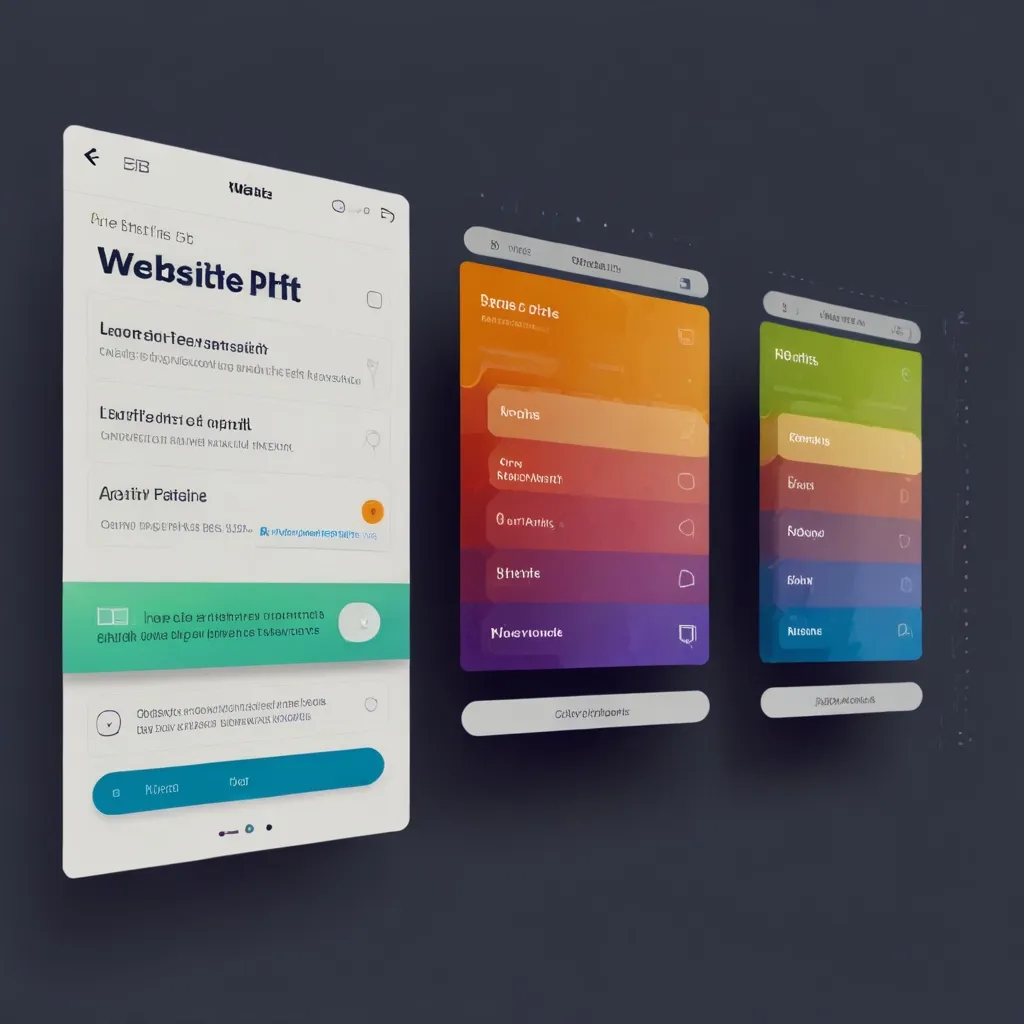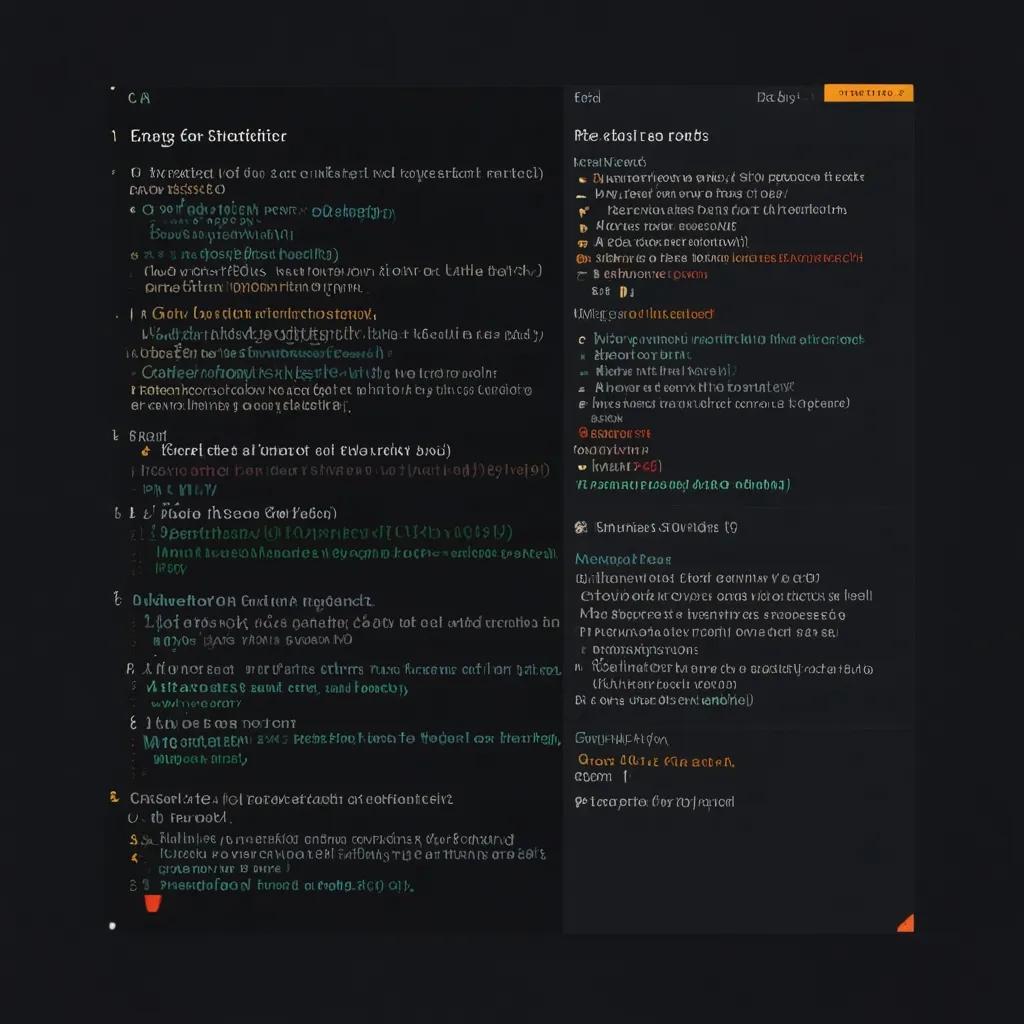In the bustling world of web development, making sure your website runs smoothly, looks good, and gets noticed by search engines is super important. That’s where Google Lighthouse swoops in like a superhero. Developed by Google, this open-source, automated tool is all about auditing and improving the quality of web pages. It’s a game-changer for web developers, SEO experts, and anyone who owns a website and wants to boost its performance and user experience.
So, what exactly does this Lighthouse do? Well, it’s not just one of those tools that you use once and forget about. Think of it as a comprehensive auditor that examines every nook and cranny of your web page. Whether it’s performance, accessibility, best practices, SEO, or even progressive web app (PWA) functionality, Lighthouse has you covered. It simulates what a user would experience when they visit your page, gathering data on how the page performs in various categories. This way, you get a detailed report that tells you what’s working and what’s not.
Let’s talk performance audits first. We all know that a slow-loading web page is the fastest way to lose visitors and worsen your search engine rankings. Nobody likes to wait, and Lighthouse gets that. It measures how quickly your page loads and becomes usable. Metrics such as First Contentful Paint (FCP), Largest Contentful Paint (LCP), Total Blocking Time (TBT), Cumulative Layout Shift (CLS), and Speed Index (SI) are all used to give you a clear picture of your site’s speed and responsiveness. So if your page’s LCP is high, it might mean large images or complicated scripts are dragging down the load time.
Now, onto accessibility audits. Making your website usable for everyone, including people with disabilities, is not just a nice thing to do—it’s often the law. Lighthouse’s accessibility audit checks if buttons, links, and images are described properly, such as ensuring images have alt text for screen readers. A high accessibility score means your website is inclusive and user-friendly, making it a better experience for all visitors.
SEO audits are another crucial feature of Lighthouse. Good SEO is like a beacon guiding traffic to your site. The SEO audit looks at technical elements like mobile-friendliness, valid structured data, and whether internal links can be crawled. It also checks for title and meta description tags, hreflang attributes, and robots.txt validity. All this helps make sure your page ranks well in search engines, increasing its visibility.
Best practices and PWA audits also come into play. Lighthouse checks if your site follows modern web development best practices, identifying issues that could affect performance. Plus, it sees if your web page acts like a Progressive Web App, looking at features like offline support and installability. This part of the audit ensures your site meets current web standards and user expectations.
Using Lighthouse is a breeze and you can choose the method that suits you best. Whether running it through Chrome DevTools for authenticated pages, via the command line for automation, or integrating it into continuous integration systems with the Node module, Lighthouse fits seamlessly into your workflow. Non-developers can even use it as a Chrome or Firefox extension, making web audits just a click away.
When you run Lighthouse, it churns out a detailed report with scores from 0 to 100 in each category. The higher the score, the better optimized your site is. The report highlights areas for improvement, so if your performance score is low, you might need to optimize images or cut down on JavaScript execution time. And the best part? The report is user-friendly, making it easy to understand what needs fixing.
Lighthouse is also customizable to meet your specific needs. Features like Stack Packs and Plugins allow you to tailor the tool to provide platform-specific recommendations and add new audits. This keeps Lighthouse relevant and useful, no matter what you’re working on.
Regularly running Lighthouse audits is a smart move to keep your website in top shape. It helps catch and fix issues before they become big problems. By making Lighthouse a regular part of your development process, you can ensure your site stays optimized for user experience, search engine rankings, and accessibility.
Imagine you’re working on an e-commerce website for a client. You run Lighthouse and find that the site’s load speed is sluggish due to large images. The report suggests image optimization, you make the changes, and voila! The page’s performance score shoots up. This not only makes the site faster and more enjoyable for users but also boosts its search engine rankings, leading to more traffic and higher sales.
In short, Google Lighthouse is a must-have tool for anyone serious about web development. It provides a detailed roadmap for optimizing web pages, ensuring they’re fast, accessible, and SEO-friendly. By using Lighthouse, you can turn valuable insights into actions, leading to better-performing, more user-friendly websites. Whether you’re a seasoned developer or a newbie, Lighthouse is your guiding star in the complex world of web optimization.






